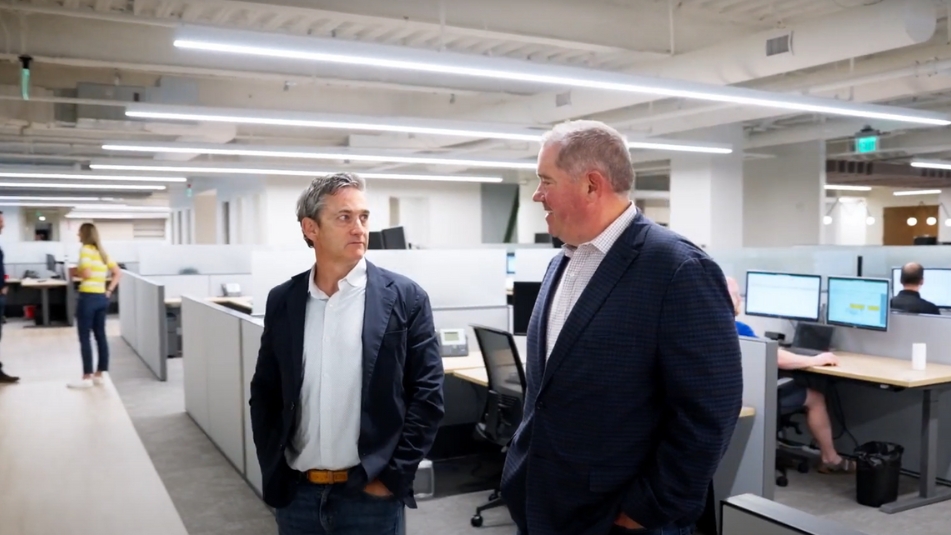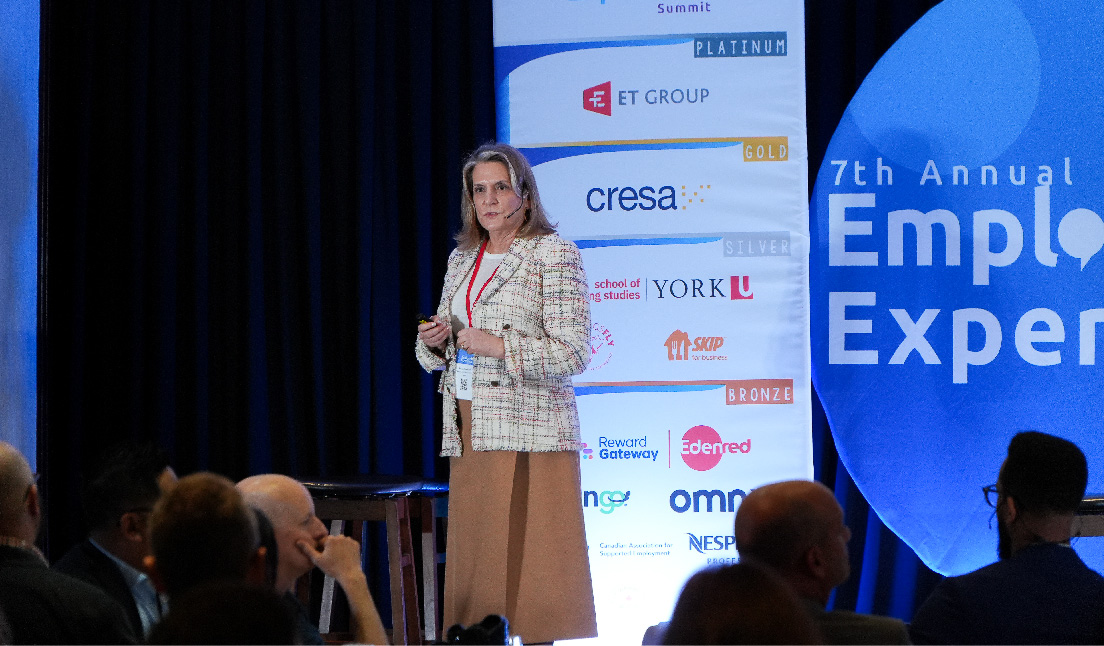The labor market is tight, making it hard to find the talent needed for success.
Before the pandemic, we saw some of the lowest unemployment rates in nearly 50 years. In a seemingly overnight shock to the system, we then experienced some of the worst unemployment rates since the Great Depression.
Fast forward two years later and we're back to near full employment. Yet four million people have not returned to the workforce. Organizations are no longer just competing against their competitors for labor but now must also attract them back into the workforce altogether. This is more than just an HR issue. Now is the time to look at your real estate through the lens of labor.
The conversation surrounding workplace experience has largely centered on office users, but there are many creative things that industrial occupiers can do to create a better workplace experience. Commercial real estate executives have a responsibility to their colleagues to place them in a safe and comfortable building. But it’s not just about the physical space.
Jason Hickey, President of Hickey and Associates explains below.
The biggest challenge is access to labor and access to the skills that companies need to be successful. Even though there has been a great migration in the U.S. there are many areas challenged with saturation, turnover, wage inflation and the number of people in the workforce. There is a big gap between benefits received from the government and making enough to make ends meet.
As a company that needs to compete against all the various factors including natural competitors in adjacent industries, we must look at the wages being offered, benefits, culture and the aspects of upskilling and the potential growth that the business can help a person achieve.
One of the easiest places in the world to attract labor is Canada. Based on the immigration processes put in place before the pandemic, they provide one of the easiest pathways to get access to talent from around the world. In an emergency where you need a certain skillset, if you work closely with the Canadian immigration authorities, it could take as little as two weeks to bring in a person from outside of the country who has never been there and who does not hold a Canadian passport. It usurps the years it often takes to bring talent into the United States and other places.
Another one of the biggest challenges industrial companies face is overcoming hurdles for prospective employees. This includes childcare, transportation and other factors that make it extremely difficult for members of the community, who were working pre-pandemic to come back into the workforce. Some of the creative solutions we’ve seen are really meant to solve the short-term issues that many families are facing.
It may cost up to $20,000 per year to operate a vehicle, with fuel, maintenance and other factors. That’s a big gap between staying out of the workforce and having the ability to take a great job.
In some areas in the middle part of the United States, it could cost $25,000 or more per child in rural areas, which makes it extremely difficult to take a job at a certain wage minimum and still make ends meet.
Key Takeaways:
- Look at what competitors are offering: benefits, wages, culture, growth opportunities
- Canada is an easier place to source labor and can provide access to global talent
- Find creative solutions to help employees overcome challenges that are forcing them out of the workforce: childcare, ride share, bussing, etc.
As Jason outlined for us, employers are competing for talent who currently aren't working at all. Issues like childcare and transportation are real issues for families. It can alienate a diverse workforce and become a significant barrier to bringing back some of that workforce that we so desperately need. Employer benefits can help close that gap and be a huge differentiator, in addition to looking at immigration policies and how you can utilize them for leverage.
Labor was just one of the challenges highlighted by Greg Schementi and Tricia Trester in the keynote presentation at the IAMC Fall Forum. Other topics discussed include supply chain challenges, construction costs and sustainability goals.


